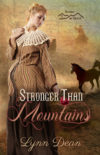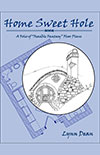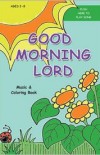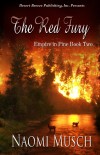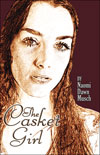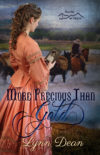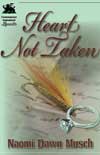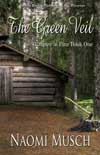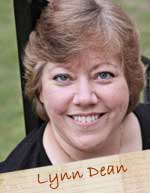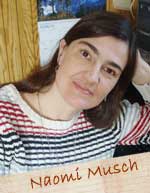Using Comparisons Brings Life to Dead Adjectives Whether you are writing a short story, a novel, or a non-fiction essay, you will need to give description, and often times to do so you will use comparison. It’s been said that “nothing means anything except as compared to something else”. In other words, if you say, […]
Writing Lesson 24 – Unique Character Voices
Today we’ll focus on your character’s speech and mannerisms. In past lessons, we’ve discussed external and internal goals, core values and conflicts, physical details, and personality traits. Another layer in a character’s personality is speech. Each layer adds depth and makes your reader feel as if they know this person. Readers sometimes see themselves in […]
Writing Lesson 22 – The Color Editors Hate
Purple Prose It may be a pretty popular color for your bedroom if you’re a teenager, or it may look awesome on an electric guitar, but for a writer, the color purple is to be shunned. I’m talking about a figurative color, something that we call “purple prose”. Purple prose is language that is over […]
Writing Lesson 11 – Taste the Rainbow!
Sensory Writing is Sensational! Reading and writing are by nature very visual activities, but most people have five senses: sight, smell, taste, hearing, and touch. The more sensory perceptions you are able to engage in your writing, the more your reader will be able to experience your story almost first-hand. That’s a very good thing! Stories […]
Writing Lesson 5 – What a Difference a Word Makes
Choose Writing Words Wisely Your parents or grandparents might have learned to read using primers featuring characters named Dick, Jane, Sally, Puff and Spot. (Puff and Spot were the cat and dog.) These stories used very basic vocabulary, lots of repetition and some colorful pastel pictures to teach young children how to read. The Dick […]
